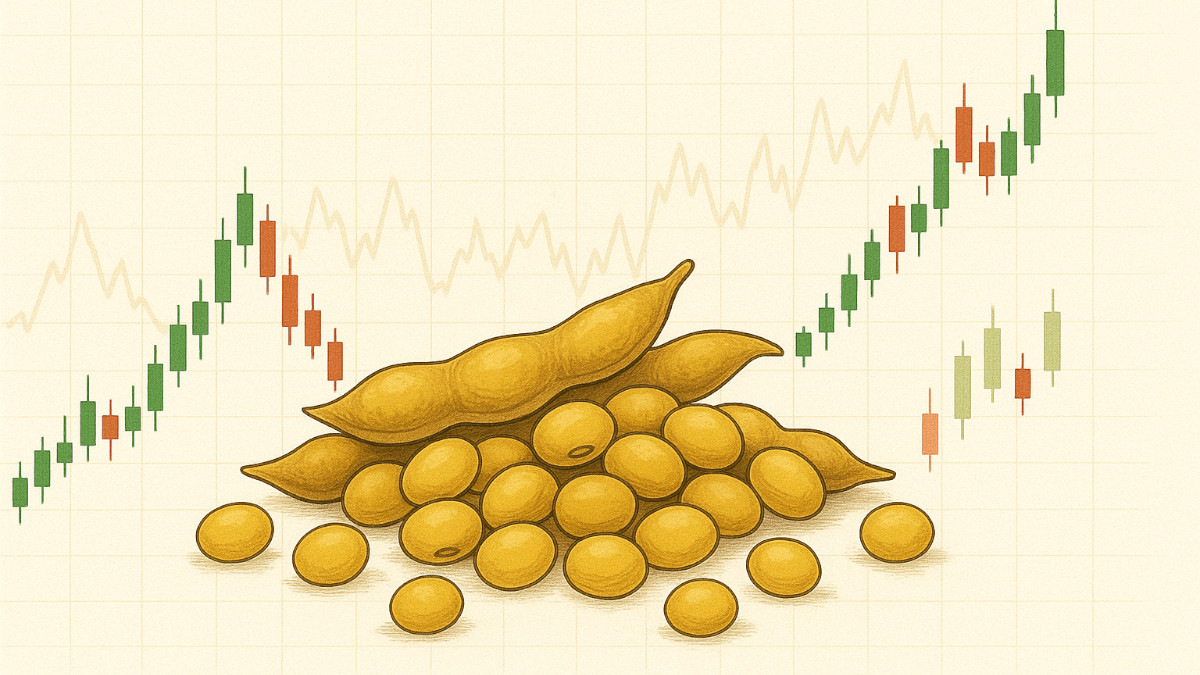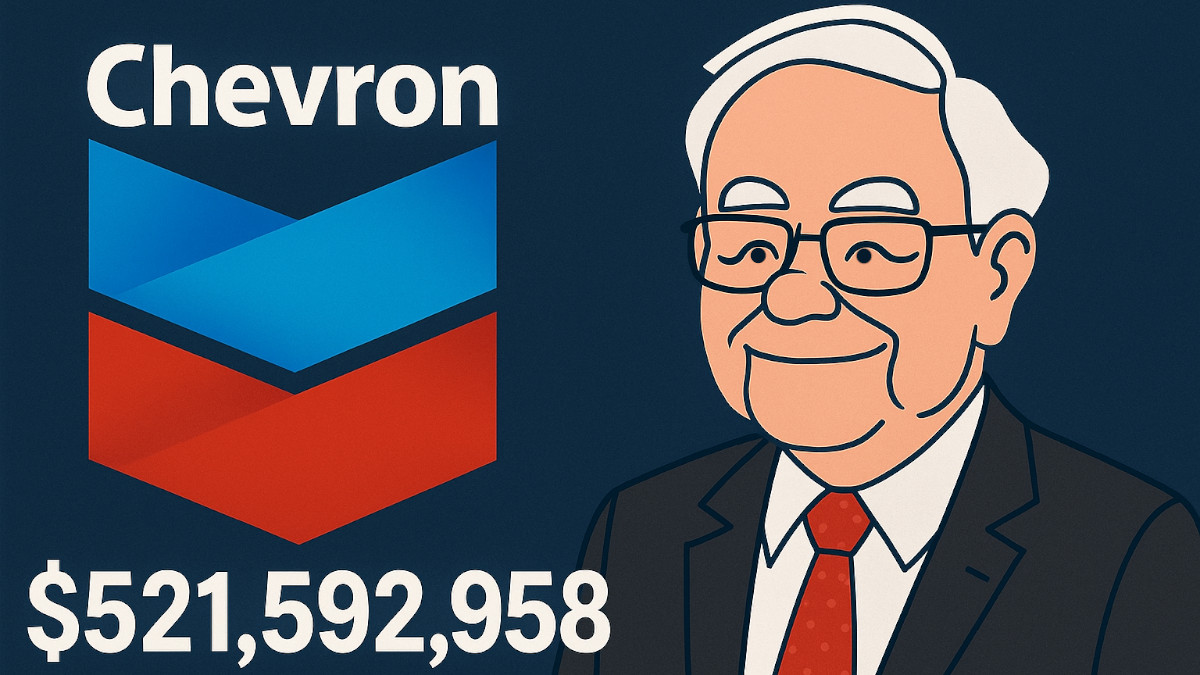- Analytics
- Market Overview
Jump in Oil Prices Diminishes Risk Appetite - 24.2.2011
Central bank expectations and yield adjustments remain the key driver for FX markets but jitters over the situation in the Middle East and its wider impact are now proving too hard to ignore. Although markets have managed to segregate event risk, Brent and WTI crude futures have broken through $110/bbl and $100/bbl respectively - levels which could prove damaging to the global economy at a particularly crucial time in the recovery. The wider fear is that central banks may need to move on policy far earlier than planned to contain inflation expectations, but risk a rise in borrowing costs that corporate and household sectors may not be prepared for. Overnight EURUSD and USDJPY both struggled to make any headway and traded in ranges of 1.3742-1.3785 and 81.96-82.52 respectively. Equities closed down almost 1% and Treasury yields finished modestly lower as they sold off following a weaker 5y Treasury auction. Initial jobless claims are due and we are with consensus in looking for a dip down to 405k. The previous reading was the survey week for the broader Bureau of Labor Statistics payrolls report, which could mute the impact of a decrease in claims. But the resumption of a downtrend should be modestly positive for the dollar, though external developments again could be the larger driver.
EUR
German GDP for Q4 was confirmed at 4.0%y/y, 0.4%q/q, driven by strong export growth and public spending.Yesterday's CPI prints in France and Italy surprised to the downside, but the euro continues to be driven by policymaker comments and stays supported as the general tones remain hawkish. The market right now risks being too optimistic on policy expectations, but with headline inflationary pressures rising ECB officials will likely maintain a hawkish stance but just short of the crucial "vigilance" threshold. Slovakia Finance minister said that the next ECB President is likely to be German, unless Germany decide against this themselves.
AUD, NZD
Australian capex figures were solid, showing a rise of 1.3% in Q4 (cons. 4%) but our economists note the equipment capex rose 6.1%, and overall the result should add about 0.5% to GDP. Economists note that the data reinforce the view that while there is some catch up needed in the economy in H1, the RBA may need to tighten further in H2, though consumers and the housing sector will feel the pressure of higher rates. Prime Minister Key said the delay of the rebuilding of Christchurch following the recent earthquake will likely curb New Zealand's economic recovery, though he did not expect a sovereign credit rating downgrade, in line with Moody's comment that there would be no immediate impact on their Aaa rating.
News



Soybeans Price Analysis - Trends and Drivers
Soybeans have experienced significant price fluctuations over...

Warren Buffett Adds $521 Million to Chevron
Berkshire Hathaway made one of its biggest stock purchases last...

BTCUSD Analysis: Trump Walked Back Massive Tariffs on China
On Monday, Bitcoin stabilized at $115,000 after last week's sharp...

Oil Prices Stay Weak After OPEC+ Approves Modest Output Rise
Oil prices ended the week on shaky ground after OPEC+ approved...
Explore our
Trading Conditions
- Spreads from 0.0 pip
- 30,000+ Trading Instruments
- Stop Out Level - Only 10%
Ready to Trade?
Open AccountSee Also


